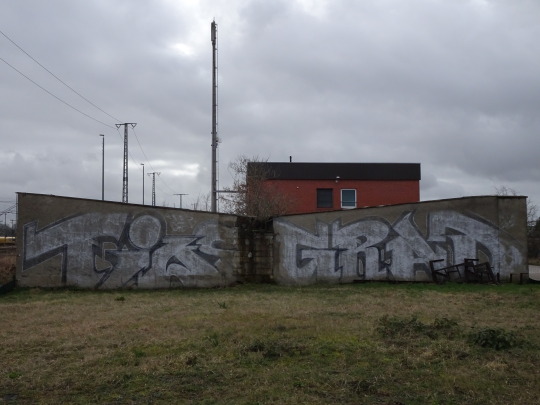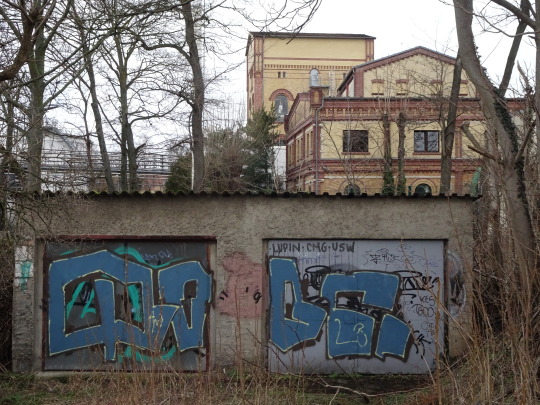#wittenberg
Text
more photos from Wittenberg







47 notes
·
View notes
Text
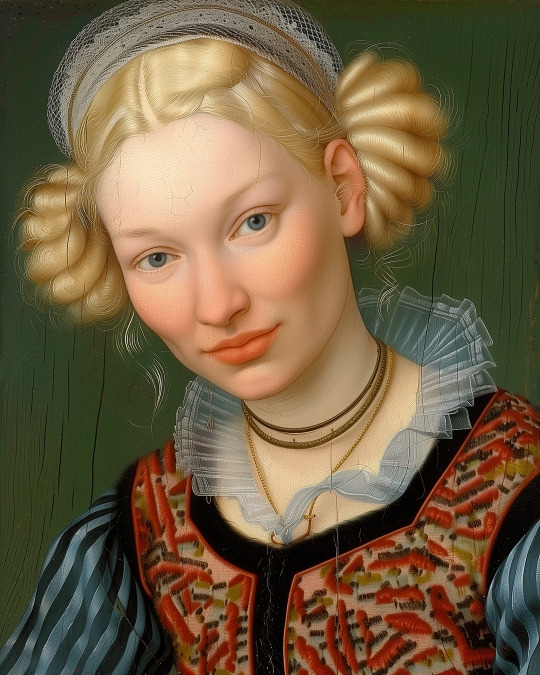
Time Traveler Lyuba 103
Portrait as if by Lucas Cranach the Younger 1550
By Jeff Stanford, 2024
Buy prints at:
https://jeff-stanford.pixels.com/
#© Jeff Stanford#midjourney#midjourneyart#ai#discord#digitalart#aiart#Artists on tumblr#portrait#Lyuba#Lucas Cranach the Younger#1550#Post Medieval#German#Renaissance#painter#Wittenberg
12 notes
·
View notes
Text
Wittenberg: It's October 1517 in Germany. The beginning of another fall semester at the University of Wittenberg finds members of the faculty and student body at personal and professional crossroads. Hamlet is returning from a summer in Poland spent studying astronomy, where he has come in contact with a revolutionary scientific theory that threatens the very order of the universe, resulting in psychic trauma and a crisis of faith for him. His teacher and mentor John Faustus (professor, philosophy) has decided at long last to make an honest woman of his paramour, Helen, a former nun. Hamlet’s instructor and priest, Martin Luther (professor, theology), is dealing with the spiritual and medical consequences of his long-simmering outrage at certain abusive practices of the Church—the same Church to which he has sworn undying obedience.
The Blender: Stanley is the host of the reality tv show, The Blender. Stanley and his assistants, the Snatchers, bring in specimens—people at points of high drama. Stanley's purpose: blend ‘em! What would happen, if you took a pregnant woman going through premature labor and stuck her with someone about to commit suicide? For Stanley, and presumably for all of America, the only issue is entertainment. Human suffering and conflict? The more the better, as long as it doesn't get boring. Trouble ensues when one of Stanley's snatchers falls in love with his specimen and doesn't want her to be subjected to The Blender. By the end, the only laughter and cheering will come from the taped audience.
Propaganda under the cut!
Wittenberg:
"Set in late 1517, this smart, sprightly and audacious comedy centres on a fictitious meeting between university colleagues Dr. Faustus (a man of appetites), Martin Luther (a man of faith), and their student Hamlet (a young Prince struggling not only with his beliefs but also with his tennis game)." - why did nobody think to try that before?
The Blender:
THE MOST FUCKED UP SHOW I'VE EVER SEEN. its a commentary on reality tv & the horrors of capitalism. people cheer as the "specimens" are forced to fight. its so sad. i saw it at the state level of a high school theatre competition. it was the last event of the day, so the auditorium was packed full of people who wanted something to do until awards. we laughed and cheered for a while. until we didn't. and the only cheering was from the tracks. i don’t think i will ever forget that experience
15 notes
·
View notes
Text
LJS 397 is a set of student lecture notes for the second level of instruction in astronomy at the university at Wittenberg during Philipp Melanchthon's tenure on the theology faculty there, including discussion of spherical astronomy, atmospheric refraction, conversion of degrees into miles, and the use of astronomical tables. Written in Wittenberg, ca. 1550 (after the publication of Copernicus' De revolutionibus in 1543).
Online:
#medieval#renaissance#wittenberg#astronomy#history of astronomy#history of science#theology#spheres#book history#rare books
62 notes
·
View notes
Text
Das ist eine ebenso delikate wie komplexe Angelegenheit.
Die dort wohnhaften, lautstarken und selbsternannten Christen (m/w)* ohne Kirchenzugehörigkeit können es ja nicht gewesen sein. Zumal Luther auch Antisemit war, wie diese durchaus wissen.
Wenn er wenigstens Thesen ans Denkmal genagelt hätte ...
Dann ließe sich möglicherweise vieles aus der Orthographie entnehmen ...
(*) andere gibt´s nicht, sagen sie
3 notes
·
View notes
Text


3 notes
·
View notes
Text
Hamlet 🤝 Kraftklub
= das Wittenberg crossover von dem ich nicht wusste, das es existiert
8 notes
·
View notes
Text
Magischer Camouflage Nachtfalter - Video & Fotos
Werfe einen Blick hinter die Kulissen für die Entstehung dieses magischen Nachtfalters

View On WordPress
#bodypainting#camouflage#digital art#Julie Boehm#julie boehm art#makingof#nachtfalter#Photography#presse#shooting#wittenberg
2 notes
·
View notes
Text

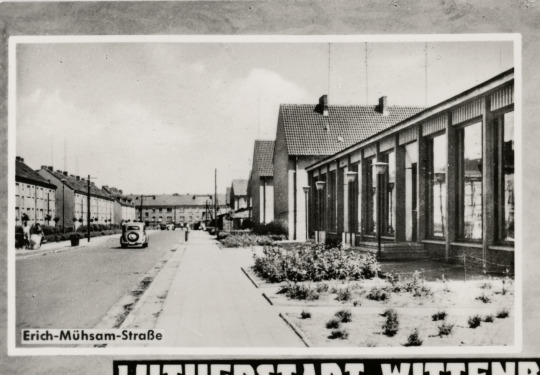

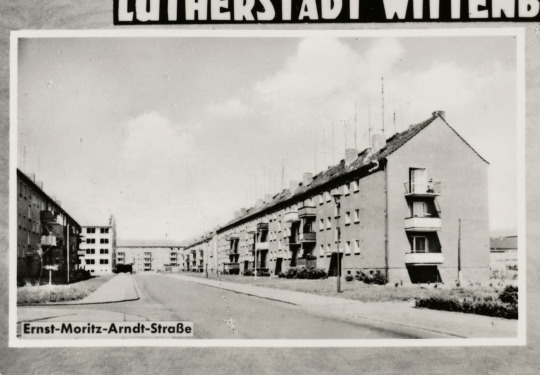

Ansichtskarte
LUTHERSTADT WITTENBERG KLEINWITTENBERG
Erich-Mühsam-Straße
Hermann-Duncker-Straße
Ernst-Moritz-Arndt-Straße
Oskar-Meester-Straße
Reichenbach (Vogtl): VEB BILD UND HEIMAT Reichenbach i.V. (III/18/6 A 1/B 220/67 8/3247)
Foto: Bild und Heimat (Kühn)
1967
#Wittenberg#Kleinwittenberg#Bezirk Halle#1960er#1967#BILD UND HEIMAT#Philokartie#DDRPhilokartie#akWittenberg#StädtebauDerDDR#SocialistUrbanism#DDRArchitektur#GDRArchitecture#SocialistArchitecture#Neubaugebiet#AlltagskulturDerDDR#Ansichtskartenfotografie#AnsichtskartenfotografieDerDDR#deltiology#VintagePostcard
3 notes
·
View notes
Photo

Wittenberg (Juli 2022)
NoltAfoto
8 notes
·
View notes
Text
Photos from Wittenberg
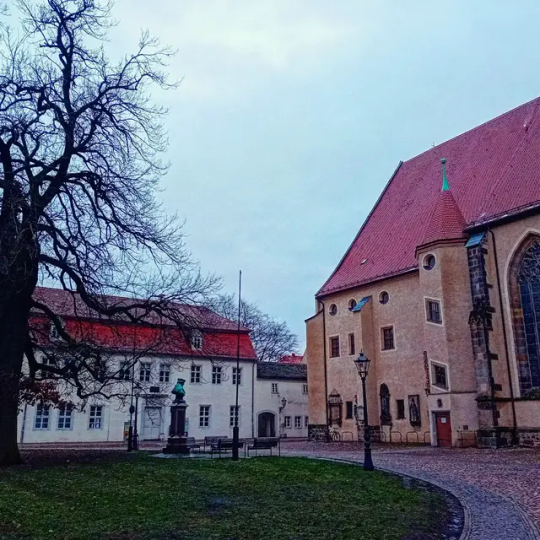

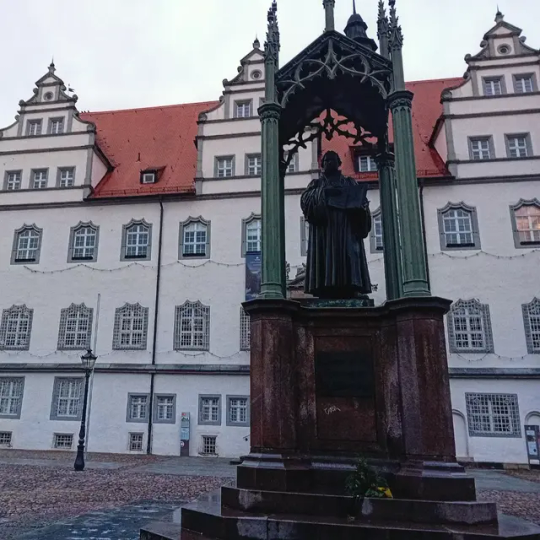
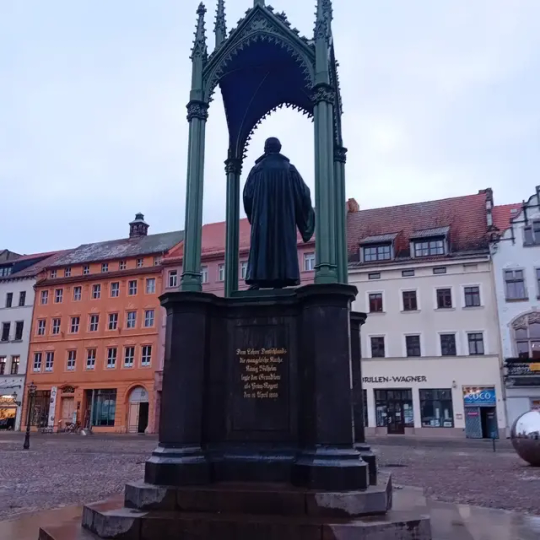
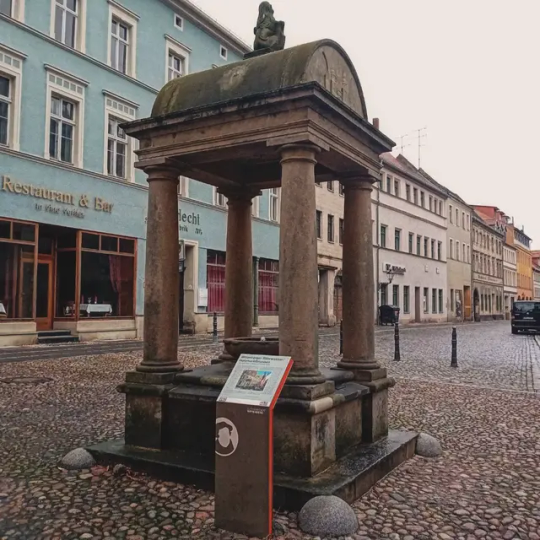


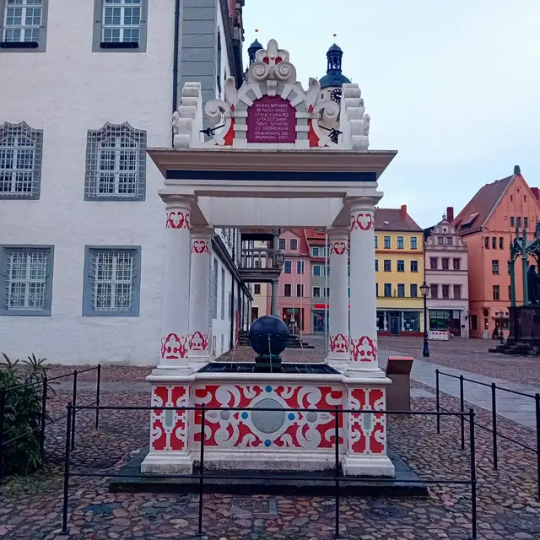


#hamlet#shakespeare#hamlet x horatio#hamlet/horatio#tragic danish boyfriends#wittenberg#I can so imagine them here it is slightly unreal
30 notes
·
View notes
Photo

You'd maybe think there's something wrong
by AllanOdyne
#photography#photographers#original#canon#artists on tumblr#allanodyne#canon 5d mark iii#germany#brandenburg#wittenberg#lutherstadt#church#towers#tower#bells#architecture#cityscape#beautiful#sky#clouds#religion#Christianity
14 notes
·
View notes
Text
Wittenberg: It's October 1517 in Germany. The beginning of another fall semester at the University of Wittenberg finds members of the faculty and student body at personal and professional crossroads. Hamlet is returning from a summer in Poland spent studying astronomy, where he has come in contact with a revolutionary scientific theory that threatens the very order of the universe, resulting in psychic trauma and a crisis of faith for him. His teacher and mentor John Faustus (professor, philosophy) has decided at long last to make an honest woman of his paramour, Helen, a former nun. Hamlet’s instructor and priest, Martin Luther (professor, theology), is dealing with the spiritual and medical consequences of his long-simmering outrage at certain abusive practices of the Church—the same Church to which he has sworn undying obedience.
The Ocean at the End of the Lane: Returning to his childhood home, a man finds himself standing beside the pond of the old Sussex farmhouse where he used to play. He's transported to his 12th birthday when his remarkable friend Lettie claimed it wasn't a pond, but an ocean–a place where everything is possible… Plunged into a magical world, their survival depends on their ability to reckon with ancient forces that threaten to destroy everything around them.
Propaganda under the cut!
Wittenberg:
"Set in late 1517, this smart, sprightly and audacious comedy centres on a fictitious meeting between university colleagues Dr. Faustus (a man of appetites), Martin Luther (a man of faith), and their student Hamlet (a young Prince struggling not only with his beliefs but also with his tennis game)." - why did nobody think to try that before?
The Ocean at the End of the Lane:
It is adapted from a Neil Gaiman book, and is an excellent play both in terms of story and staging. The set is beautiful and scene transitions never feel awkward, as the stage hands are incorporated into the story as forces of nature. It has amazing practical effects, especially the giant spider-like monster puppet. All the lighting and sound cues have significance to the story and reflect the emotions of the character's. The story itself centres around the idea of adults not believing children even when what they say is true, and the strength of childhood friendship. Also there's a family of entirely female asexual witches.
This play is gorgeous. It's about rediscovering a childhood long forgotten, in all its beauty and all its nightmares. It has absolutely fabulous puppetry sequences of the like I've never seen before, and some parts had me genuinely cowering in my seat. It was terrifying. It was beautiful. It made me cry. I'm still thinking about it months later. Go see it.
5 notes
·
View notes
Photo

Pope Leo X.
ILLUSTRATION Klemens Kühn
For the Escape Rooms TATORT 1522, an ancestral gallery of important personalities of the Reformation and their opponents was created in the Luther Foundations in Wittenberg. All portraits are based on historical Renaissance paintings. They are portrait-like, but the costumes and Expression should be modern.
#leo x.#reformation#renaissance#wittenberg#martin luther#lutherfoundation#klemens kühn#escaperoom#tatort1522
9 notes
·
View notes
